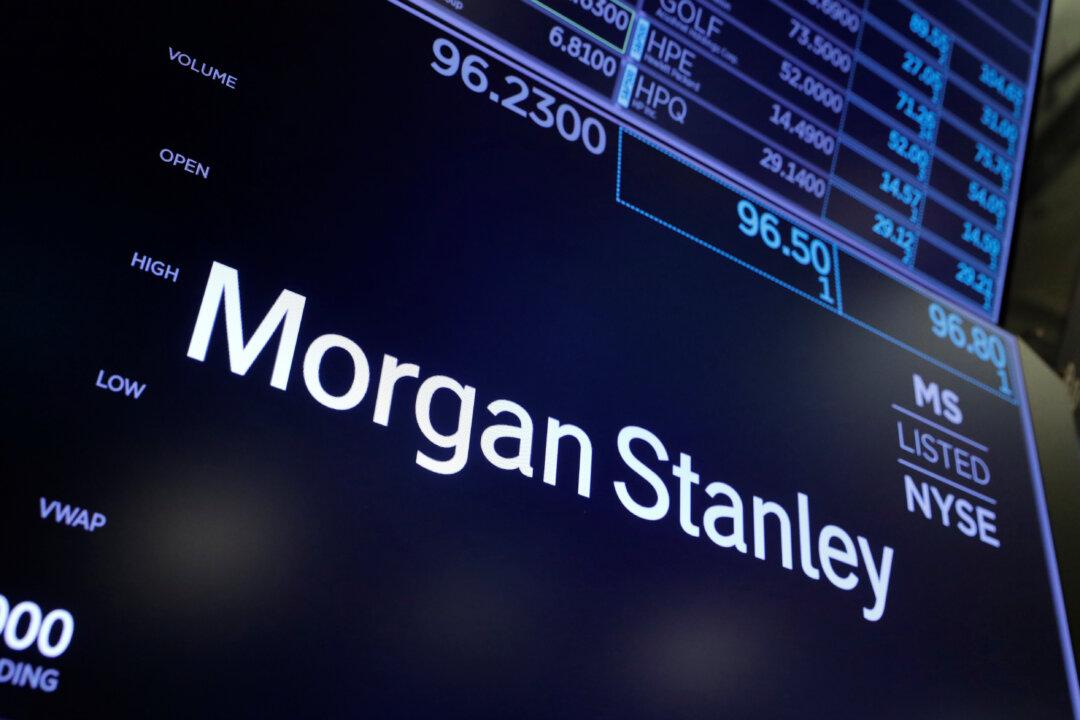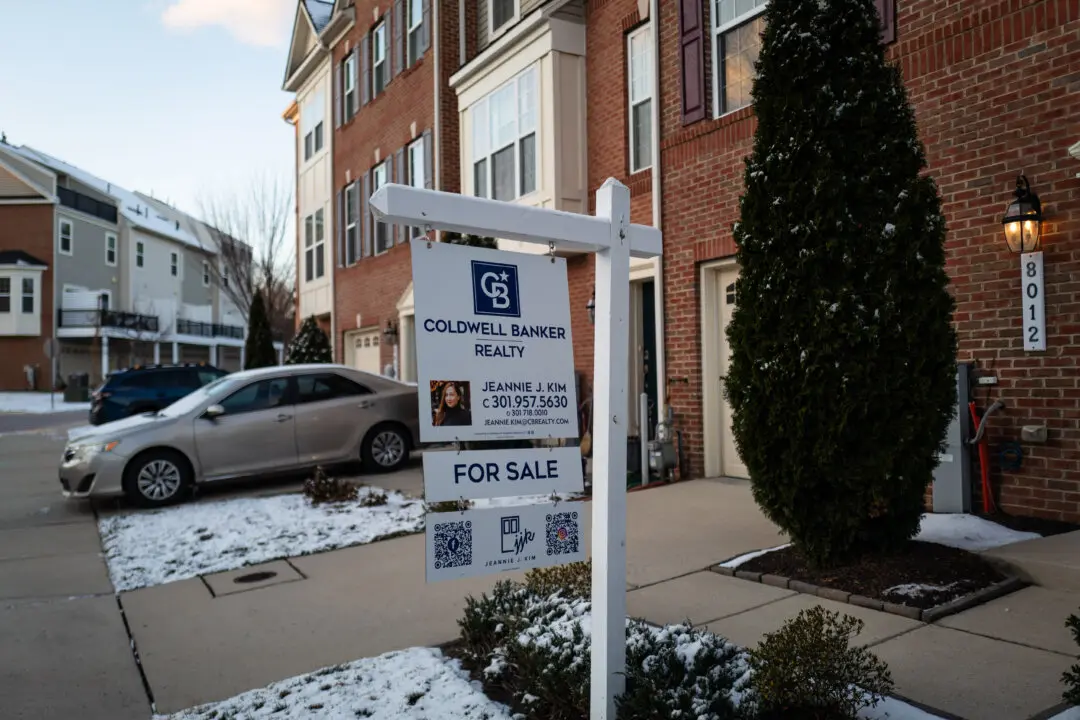Michael Wilson, Morgan Stanley’s chief U.S. equity strategist, is warning investors not to get caught in the “bear market trap” after seeing the stock market rally during the initial weeks of 2023, and estimated that the market might make a low by spring.
According to Wilson, 2023 is off to a “much better start” compared to last year. This was partly driven by a bearish view from investors. Three weeks into the new ear, the bearish view “has changed almost 180 degrees,” he said during the podcast “Thoughts on the Market” on Jan. 30.





